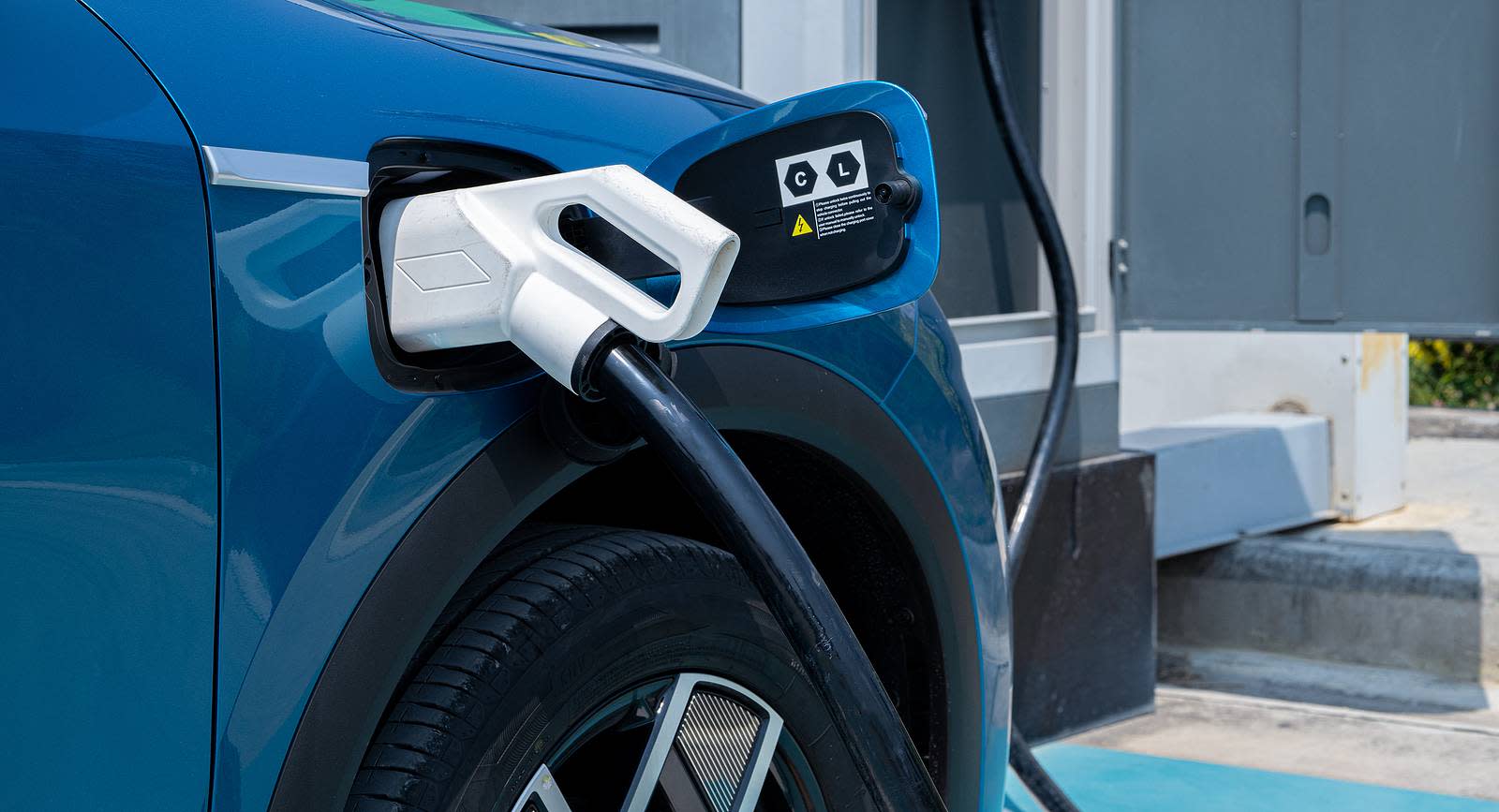An introduction to smart charging
There’s been a lot of talk about smart charging for electric vehicles (EVs) recently. But why do we need it, what exactly is it, and how does it work?

Why do we need smart charging?
EV charging in the UK uses a large amount of electricity. And it’s poised to use even more. As we decarbonise the transport sector, the number of EVs on our roads is predicted to grow at a huge rate. That means the demand for the extra power they need will rise. This could put a strain on our utility providers’ ability to provide the electricity we all need when it‘s needed.
National Grid ESO, the system operator for the electric grid, estimates that up to 37.4 million EVs will be on the UK’s roads by 2050. That’s a massive increase on the number today – currently 850,000 EVs and just over half a million plug-in hybrids.
The challenge we face is not so much a matter of whether we’ll have all the power needed to charge that ever-growing number of EVs. It’s more a matter of making sure we manage when drivers charge them.
That’s where smart charging comes in.
What is smart charging?
Smart charging is a flexible model for charging EVs that aims to shift electricity consumption away from utility providers’ periods of peak demand.
This matters because with the rise of intermittent renewable generation such as solar PV and wind turbines, it’s no longer possible to simply increase the supply of electricity to meet rising demand. (Solar can only generate power when the sun shines, and wind turbines only work when the wind is blowing.)
Instead, now we must try to match demand with supply. That’s the reason why smart charging attempts to balance efficient grid usage with the user’s charging needs.
How does smart charging work?
For an EV charge point to be considered ‘smart’, it must be connected to a back office. That back office must be able to receive data from the charge point. It also must have the ability to control it remotely.
Who controls smart charging charge points?
Currently, there are two types of control in general for smart charging:
1. User controlled
Customers are incentivised to charge their EVs at particular times through using tariffs. These usually involve offering cheaper power tariffs outside of peak hours. This in itself has the potential to create issues around electricity demand management if sufficient EV users decide to shift their charging to the same time.
Those cheaper power tariffs could really make a difference. The government believes that smarter charging could save an average driver up to £200 and a high mileage driver up to £1000 a year. By helping to balance power generation and use, it could also help reduce electricity prices for customers across the network.
2. Supplier managed
With supplier managed smart charging, the back office controls the charge point. This can extend to full optimisation of electricity use if needed – so charging might only begin at times when there is lot of cheap renewable power available, for instance. This would be extremely positive from the point of view of ensuring a reliable electricity supply nationally and alleviating strain on the grid. But from the point of view of individual drivers it could be less attractive, as they’ll effectively lose control of when their EV is charged.
However, if your organisation has a fleet of EVs that are charged using smart charge points at your workplaces then it could be more attractive for you. For instance, by giving control of charging times to the back office, you could reduce your energy costs and carbon emissions by charging only when on-site wind turbines or solar PVs are generating.
What regulations govern smart charging?
The latest smart charging regulations in place now allow the back office to control the charging infrastructure. However, users still have the freedom and option to override those controls at this point.
Where could smart charging lead to in the future?
Smart charge points have the potential to help EVs act as a battery, storing electricity that can be used in the home to which they’re connected (Vehicle to home or V2H) or even the grid (Vehicle to grid or V2G).
Find help with the transition to EVs
We’re currently helping many organisations make the transition to electrifying their fleets, installing workplace and destination charging infrastructures, and optimising their smart charging strategy. To find out how we can help you, get in touch.
Contact us

